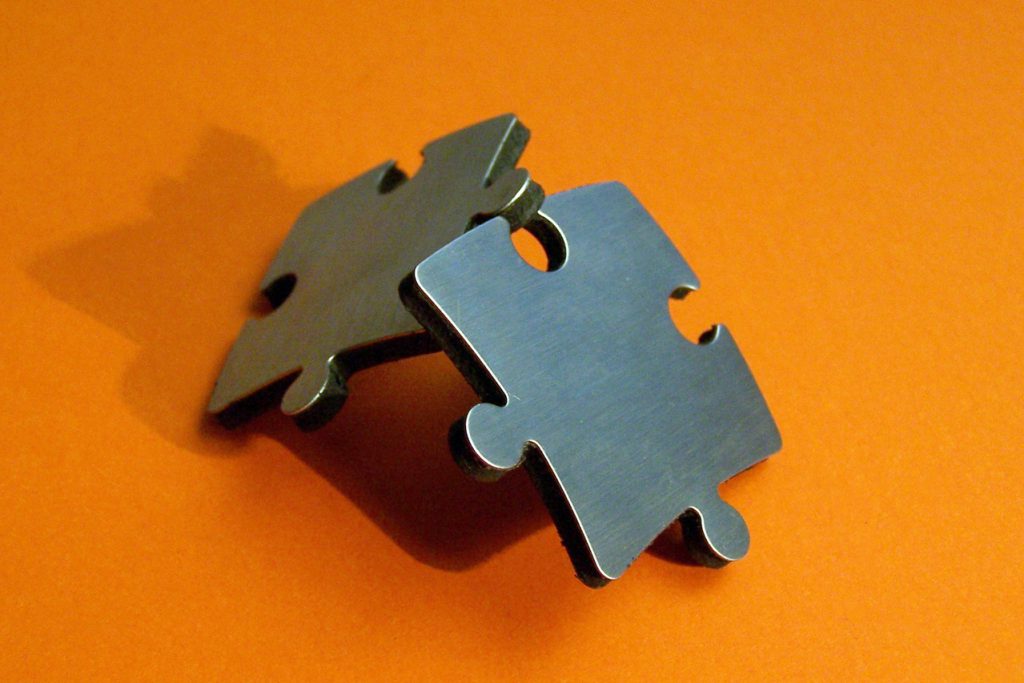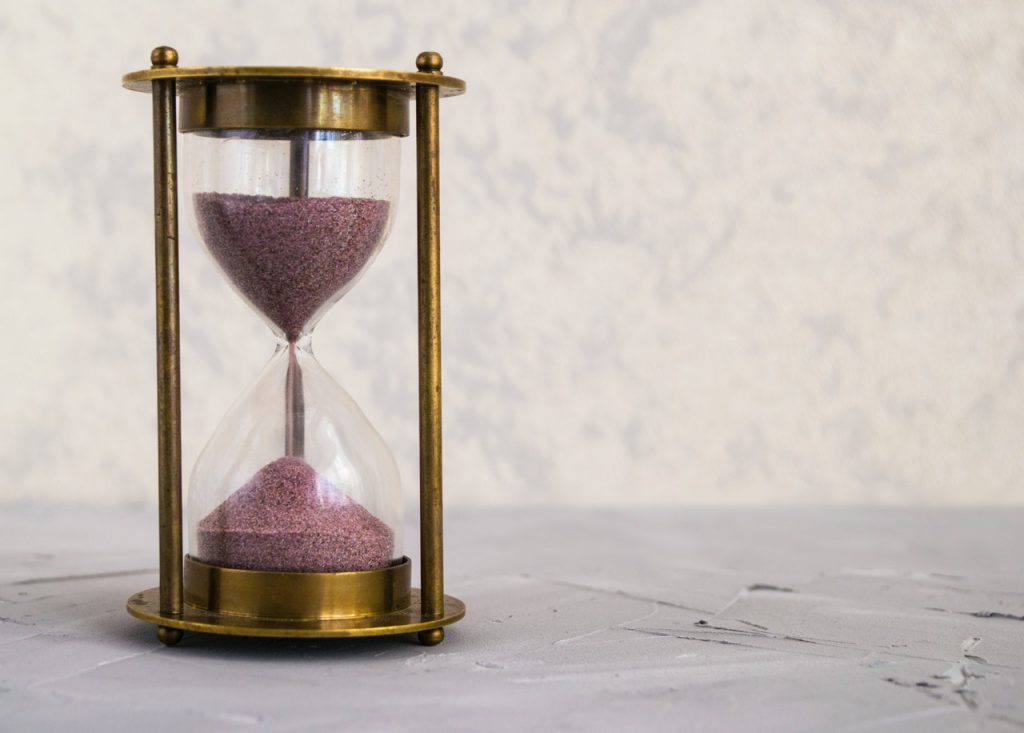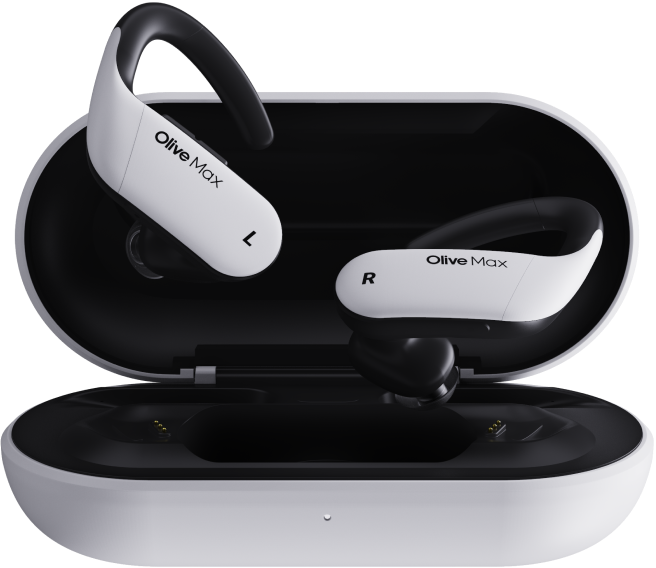
The average life expectancy of a pair of hearing aids is three to seven years. Regular cleaning and proper maintenance will help ensure you they last longer, so it is highly recommended you do so. But even with regular care things can go wrong; here are some additional ways to get the most out of and ensure your hearing aids long life.
Common Hearing Aid Issues and How To Fix Them
Tubing Problems
Behind-the-ear (BTE) hearing aids have a flexible tube that connects the portion worn behind the ear to the portion that sits within the ear canal. The tubing can become damaged or deteriorate over time, developing cracks.
Damaged tubing may cause inferior sound transmission and interfere with your ability to hear with your hearing aid. Tubing is easy to replace, and can usually be done by the hearing aid user.
Consult with your audiologist on how to change the tubing on your hearing aid and the right replacement tubing for your specific model.
Poorly-Fitting Hearing Aid

Hearing aids are molded to fit your ear, but over time your ear actually changes shape. So while your hearing aid may have fit perfectly when you first received it, maybe now it just doesn’t. If it doesn’t, sound may escape around the hearing aid and cause feedback issues.
Your audiologist may be able to adjust them, or you may need to have a new impression taken of your ear for a new ear mold.
Sound Issues
If you’re experiencing strange sounds, poor sound quality, or no sound at all from your hearing aid, there are many possible reasons such as poor fit, dirty microphone or speakers, or a dead battery. Adjust the fit, clean the hearing aid, and replace your batteries to see if the problem is resolved.
If none of those simple fixes resolve the issue, then you should bring your hearing aid to your audiologist who should be able to get to the bottom of your problem.
Dropping Your Hearing Aids
It’s possible to accidentally drop your hearing aids while wearing them, especially if you’re wearing a hat or headband that covers your ears. A hearing aid may get caught on something and be pulled out of your ear. This is particularly a problem for larger styles, such as behind-the-ear hearing aids.
Always check your ears to make sure your hearing aids are still in place after you remove an article of clothing such as a shirt, jacket, scarf, or hat. If one of your hearing aids is missing, immediately stop and work your way down your body, looking and feeling to see if your hearing aid is caught on a piece of clothing. If not, then retrace your steps to see if you can find it.
To prevent things like this from happening, you can invest in hearing aid clips that are designed to keep your hearing aids secured.
Wet Hearing Aids
Hearing aid users often forget that they are wearing their hearings aids and may accidentally wear them into the shower or pool. If this happens to you, remove your hearing aids as soon as you possibly can and gently dry them with a towel. Remove the batteries and leave the battery doors open as long as possible, at least overnight. If they don’t work after that, contact your audiologist immediately.
If you find yourself often near water due to your lifestyle, occupation, or hobbies, then consider the water resistance rating of your hearing aid as well!
Factors Affecting The Longevity of Your Hearing Aid

You want your hearing aid to last as long as possible before having to spend money on a replacement set. However, there are multiple factors that can have a big impact on how long your hearing aid will last:
Hearing Aid Materials
Hearing aids are typically constructed with a combination of plastics, metals, and silicon; these materials will degrade over time at different rates depending on the quality of the raw materials used to manufacture your hearing aid.
Your Cleaning Routine
If you’re regularly washing your face to remove dust, oil, sweat, and other things, then you can bet your hearing aid needs to be cleaned of those things as well. Make sure you’re cleaning your hearing aids daily. Earwax buildup is another factor that can decrease the life expectancy of your hearing aid, so check those ears!
If you only have your hearing aids cleaned professionally once every year or two, then you might be drastically reducing the life of the device.
The Environment
If you work in dusty, dirty, or damp environments regularly with your hearing aids, then they will be subjected to more stress over time and most likely won’t last as long. If these types of environments can’t be avoided, then see your audiologist to look into different ways you can protect your hearing aid or schedule much more frequent cleanings.
Hearing Aid Style
Because of their position out of and away from your ear canal, behind-the-ear hearing aids tend to last longer than styles that are largely sitting within your ear canal. This is because they aren’t subjected to as much dampness or earwax buildup.
Your Body
Everyone’s body chemistry is different, and if you sweat often, produce abundant earwax, or have oily skin, then your body may be harder on a hearing aid than someone else’s. If this is the case, you might want to discuss this with your audiologist to find a hearing aid designed to be a little tougher.
Maintenance
Your hearing aid has a long list of easily replaceable parts such as the battery door, wax guards and filters, tubing, earpiece tips, and speaker and microphone covers. Make sure you replace these when needed to ensure your hearing aids long life.
The information in this guide has been written using the following reliable sources:
https://www.nidcd.nih.gov, https://www.mdhearingaid.com, https://www.healthyhearing.com, https://hearinghealthmatters.org, https://helpingmehear.com, https://pacoregon.com
 (708) 847-3208
(708) 847-3208











